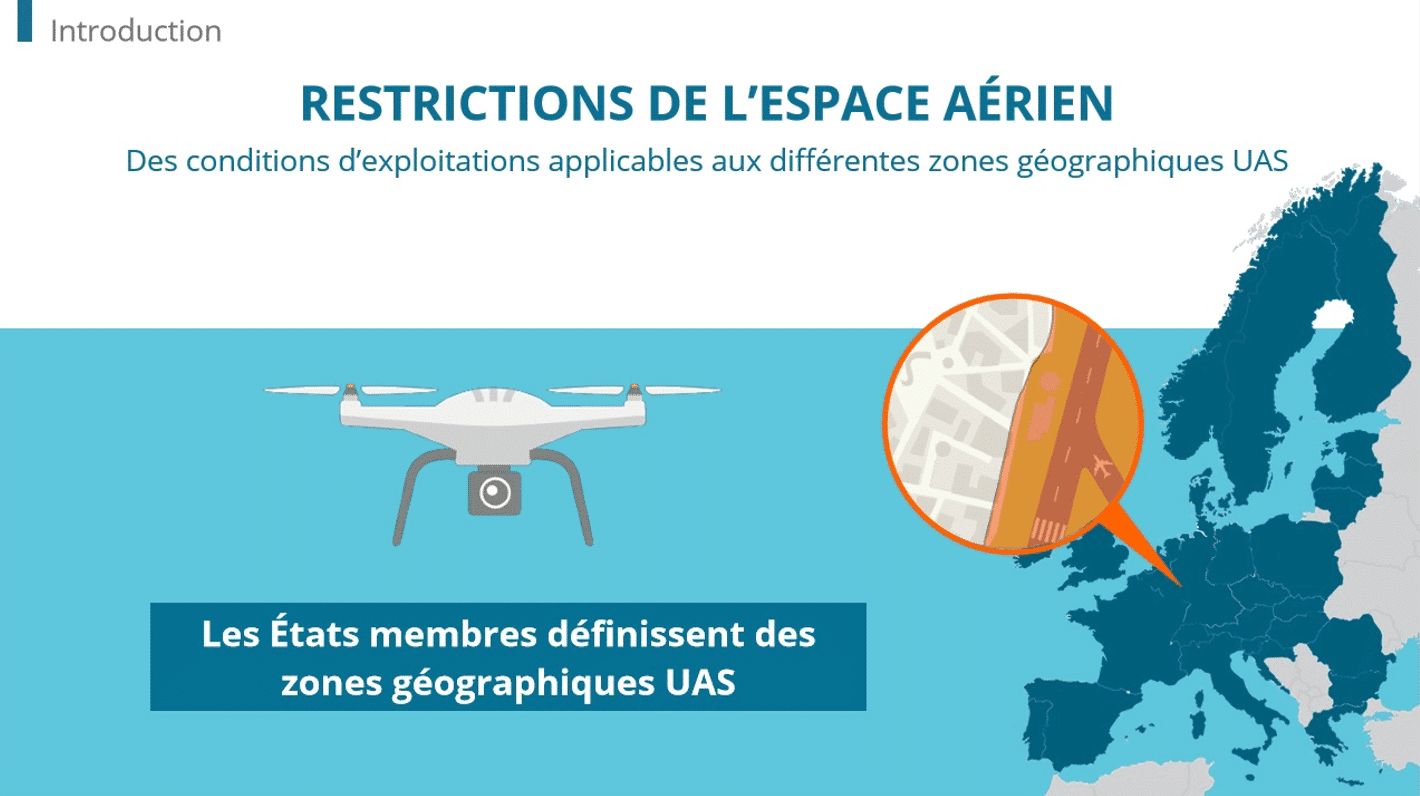A digital learning training calendar is put together by following logical steps: gathering and planning the training content, and then rallying teams.
Once the terms of reference are validated for your digital learning training programme, the next step is to plan the training calendar.
Digital learning: a schedule that respects logical steps
- Gather content – The project manager gathers necessary information from the relevant departments internally. He can also collect, analyse and synthesise external elements.
- Creating a course plan – This divides the learning path into a sequence of learning units. It is also an opportunity to work on the design and presentation of elements.
- Rally trainers – Once the content has been collected and structured, the team is then established and the activities of different stakeholders formalised. At what moment of the course should the teacher organise a briefing or send feedback to participants? What liberty do they have with regards to human resources, etc.
- Rally learners – Now employees that follow the same programme are grouped according to various criteria: status in the company, hierarchical position, language, department, etc. A training manager is then assigned to each group.
- Collection and analysis – The digital learning in the training schedule must also state the period over which the data collected during the training will be used, when it will be studied and for what purposes.
Outside of the calendar, managing the unexpected
Despite careful scheduling, training can still run into unexpected trouble. It’s best to stay alert and constantly monitor the smooth running of the project.
The project manager should pay particular attention to cost control and deadlines. They should plan for evaluation times in order to anticipate the maximum possible changes to the program.
It would be ideal to start with a realistic project or a pilot project. Analysis of the results of this first test will enable you to improve the programmes before their global implementation.









































